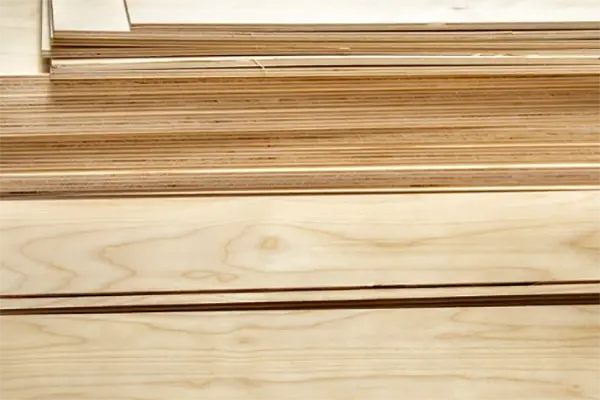Unveiling the Mystery: What Does MDF Mean in Lumber?
Strolling down the lumber aisle can be an overwhelming experience. Faced with a mountain of wood options, each boasting unique names and characteristics, even seasoned DIYers can find themselves scratching their heads. Plywood? Solid wood? Then there’s the mysterious MDF – a cryptic acronym that sparks curiosity. But fear not, fellow builders and crafters! This blog will shed light on the meaning behind MDF and explore why it might be the perfect choice for your next project.
So, what exactly does MDF stand for? It’s an abbreviation for Medium-Density Fiberboard. Imagine taking leftover wood scraps, pulverizing them into fine fibers, blending them with a special resin binder, and then pressing them into flat panels under high heat and pressure. That, in essence, is the magic behind MDF. The result? A smooth, dense, and uniform board that offers a surprising range of benefits for various woodworking applications.

Why Choose MDF? The Advantages of the Medium-Density Marvel
MDF might not have the rustic charm of reclaimed wood or the structural prowess of solid hardwoods, but it offers several compelling advantages that make it a popular choice for budget-conscious DIYers and professional woodworkers alike:
Smooth Operator: Unlike plywood with its visible grain and potential for splintering, MDF boasts an impeccably smooth surface. This makes it ideal for projects where a flawless, painted finish is desired, like shelves, cabinets, or even decorative signs. Say goodbye to unsightly grain patterns and hello to a painter’s dream canvas.
The Cutting Edge: MDF’s uniform density allows for clean and precise cuts. No more worrying about ragged edges or unpredictable grain patterns disrupting your design. Jigsaws, routers, and even drill bits can create intricate shapes with ease, making MDF a versatile material for detailed projects.
Shape Up: Because of its compressed nature, MDF holds its shape exceptionally well. This makes it a great choice for curved cuts or applications where stability is important, like speaker boxes or furniture components. Unlike solid wood that can warp or twist over time, MDF offers predictable stability for your creations.
Budget-Friendly Builder: Compared to solid wood, MDF offers significant cost savings. This allows you to stretch your DIY budget further without compromising on quality or design. If you’re looking for a cost-effective way to bring your project to life, MDF is a strong contender.
Painterly Perfection: The smooth, absorbent surface of MDF makes it a dream to paint. Primer goes on evenly, and paint adheres flawlessly, resulting in a professional-looking finish. Whether you’re aiming for a crisp white or a bold pop of color, MDF provides the perfect canvas for your artistic vision.
Things to Consider with MDF: Not a One-Size-Fits-All Solution
While MDF offers numerous advantages, it’s important to be aware of its limitations:
Moisture Mizer: MDF isn’t a huge fan of water. Unlike some treated wood options, it can absorb moisture and swell, so avoid using it in areas with constant high humidity, like bathrooms or outdoor applications. For projects exposed to moisture, consider alternative materials like pressure-treated lumber or marine-grade plywood.
Weighty Issue: Due to its density, MDF can be heavier than some wood alternatives. This might be a factor to consider, especially for projects where weight is a concern. For wall-mounted applications where lightness is a priority, explore options like plywood or hollow core doors.
Breathe Easy: The resin binder used in MDF can sometimes emit low levels of formaldehyde. While generally safe for indoor use with proper ventilation, it’s a good idea to choose MDF that complies with CARB (California Air Resources Board) emission standards for added peace of mind. Look for certification labels to ensure you’re getting a safe and eco-friendly option.
The Final Verdict: Is MDF Right for Your Project?
With its affordability, versatility, and ease of use, MDF is a valuable addition to any DIYer’s toolbox. So, the next time you’re brainstorming your next project, consider the potential of MDF. Think clean lines, crisp paint jobs, and intricate cuts. If these elements align with your vision, and you can address moisture concerns and weight considerations, MDF might be the hero you’ve been searching for. With a little planning and the right techniques, you can transform this medium-density marvel into the foundation for something truly remarkable.
Post time: 06-12-2024











